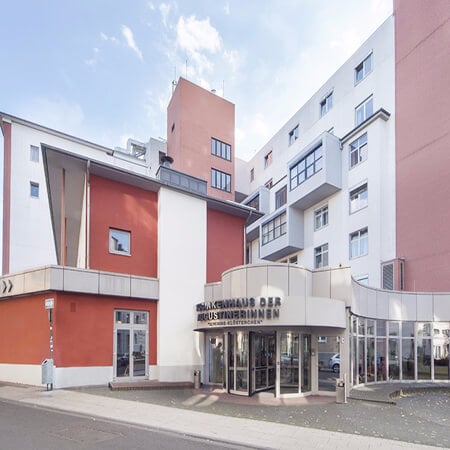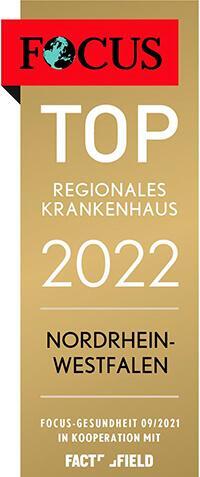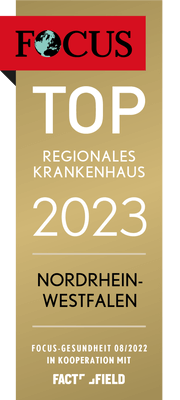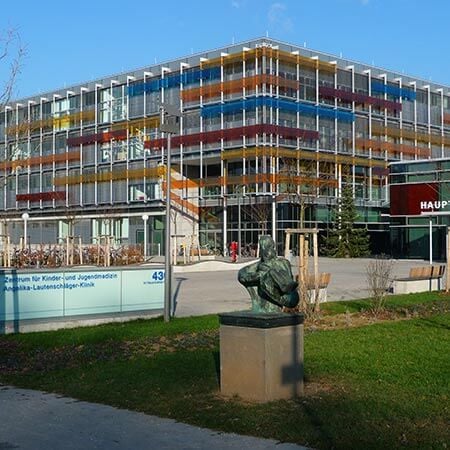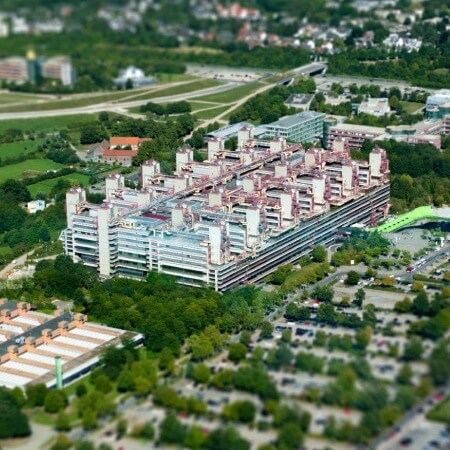About the disease
Tracheobronchopathy is a rare pulmonary condition which develops in the trachea and bronchi. In tracheobronchopathy cartilaginous tissue starts to grow for some reason creating obstruction in trachea and bronchi. As a result, person can develop breathing difficulty in rare cases.
Overall, tracheobronchopathy is considered to be very rare as there had been only about 200 known cases in the medical history. Of those, 90% were medically reported. In most cases, tracheobronchopathy is diagnosed at autopsy(after death). Tracheobronchopathy rarely manifests itself throughout the lifetime of a person, as it develops very slowly and has very late manifestations. It is also difficult to diagnose tracheobronchopathy during the lifetime of a person due to its hidden nature. It can be found accidentally during intubation of trachea while treating other pulmonary disease or when undergoing such imaging tests as CT scan of the chest or bronchoscopy.
Nonetheless, most people who had tracheobronchopathy were not aware that they have this condition as it did not present any complication, and it was completely latent.
Tracheobronchopathy was first described by an Austrian pathology anatomist, Carl von Rokitansky in 1855. It has also been described by German and British anatomists. Tracheobronchopathy found during the lifetime of a person makes only 3% to 5% of all cases and if detected, it is usually after the age of 60.
Symptoms
In most cases tracheobronchopathy is asymptomatic. If it manifests itself in the late stages, the symptoms can be:
- Shortness of breath
- Coughing
- Blood in the cough in rare cases
- Inflammation
- Frequent infections, such as pneumonia
- Sore throat
Diagnosis
- During general examination, the doctor will listen to the lungs of the patient to determine if there are any noises or abnormalities to rule out other conditions.
- The doctor can order a blood tests to check for possible inflammatory processes in the body.
- A CT scan of the chest and bronchoscopy can identify the growths of cartilaginous tissue and determine their location.
- An autopsy is the most common procedure when tracheobronchopathy is found.
Treatment
- If tracheobronchopathy does not cause any symptoms and had been found accidentally, treatment is not needed.
- If tracheobronchopathy causes shortness of breath and other respiratory problems conservative treatment may be prescribed to reduce the signs of inflammation, assists breathing and ensure that the passageways of bronchi and trachea function normally. Special medications for cough and sore throats should be prescribed as well.
- A person who has tendency to lung infections due to tracheobronchopathy needs to avoid colds and flu to prevent development of pneumonia.
Authors:
This article was edited by medical experts, board-certified doctors Dr. Nadezhda Ivanisova, and Dr. Bohdan Mykhalniuk. For the treatment of the conditions referred to in the article, you must consult a doctor; the information in the article is not intended for self-medication!
Our editorial policy, which details our commitment to accuracy and transparency, is available here. Click this link to review our policies.
